37+ SAMPLE Roofing Contract Proposal
-
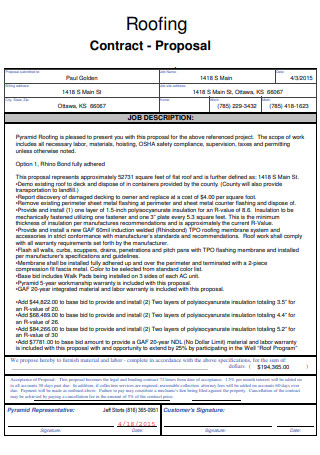
Roofing Contract Proposal
download now -
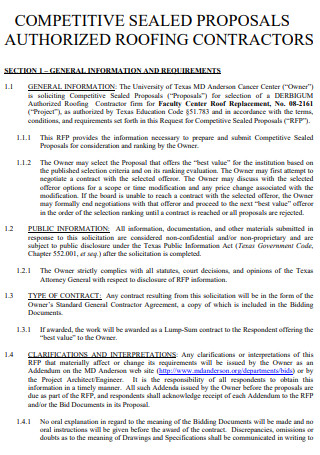
Authorized Roofing Contract Proposal
download now -
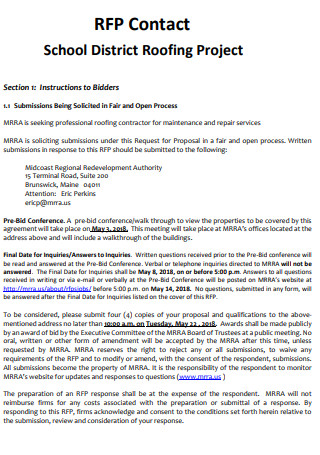
School District Roofing Project Contract Proposal
download now -

Roofing Services Contractor Proposal Cover Page
download now -
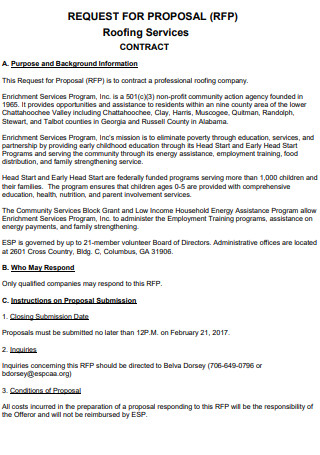
Roofing Services Contract Proposal
download now -
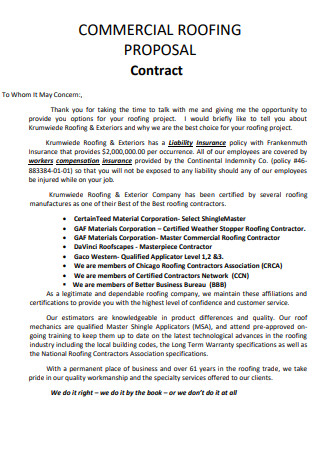
Commercial Roofing Contract Proposal
download now -
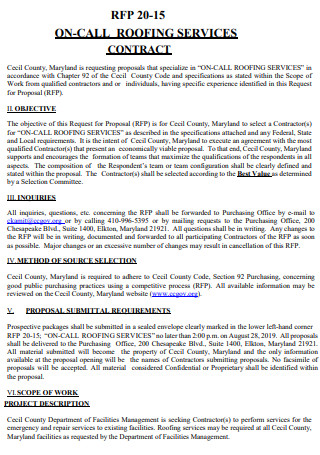
On Call Roofing Service Contract Proposal
download now -
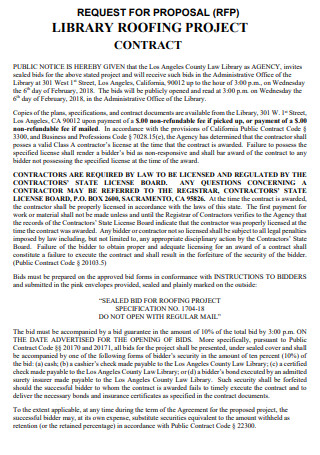
Library Roofing Project Contract Proposal
download now -
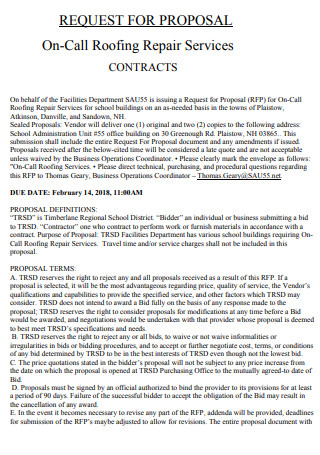
On-Call Roofing Repair Services Contract Proposal
download now -
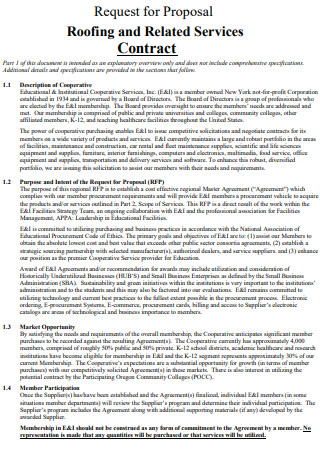
Roofing and Related Services Contract Proposal
download now -
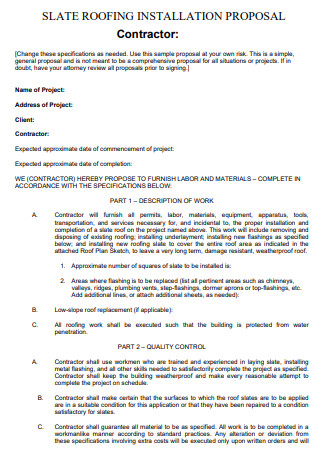
Roofing Installation Contract Proposal
download now -
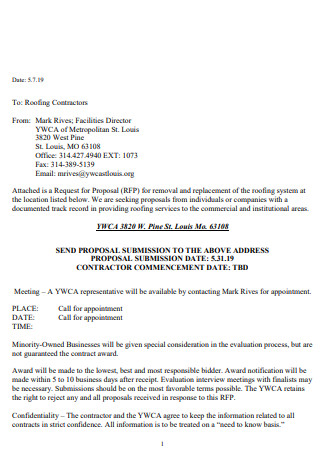
Roofing Contractor Proposal
download now -
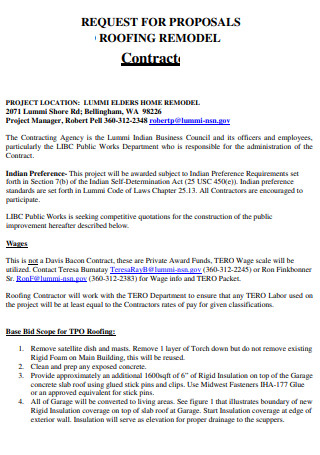
Roofing Remodel Contract Proposal
download now -

Roofing Design Contract Proposal
download now -
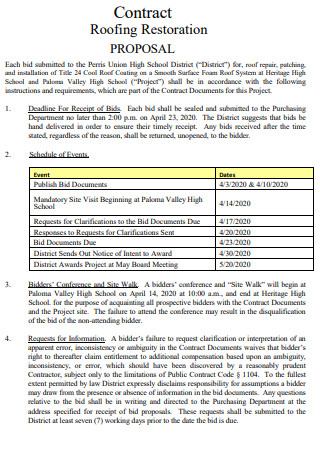
Roofing Restoration Contract Proposal
download now -
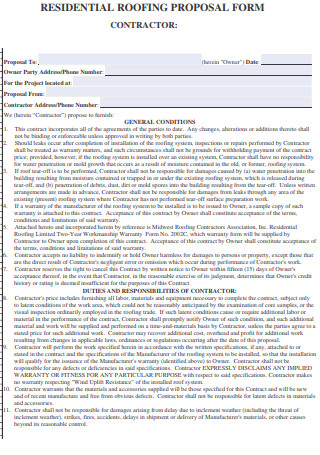
Residential Roofing Contract Proposal Form
download now -
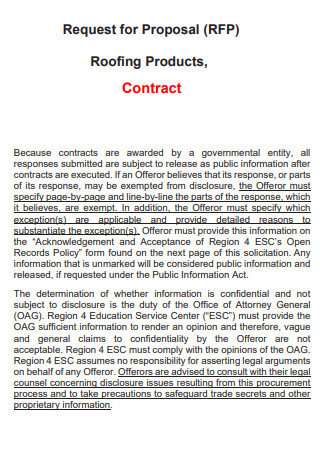
Roofing Products Contract Proposal
download now -

Roofing Service Contract Bid Proposal
download now -
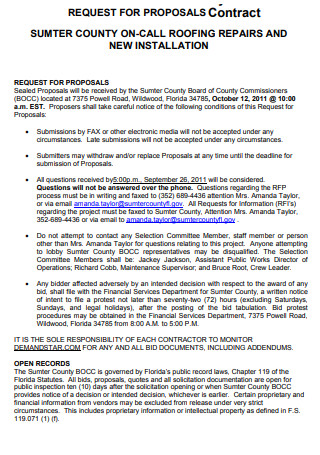
Roofing Repairs And Installations Contract Proposal
download now -
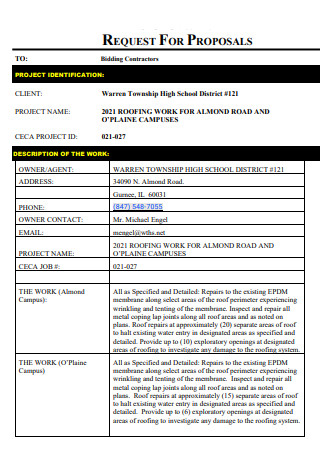
Roofing Work Contract Proposal
download now -
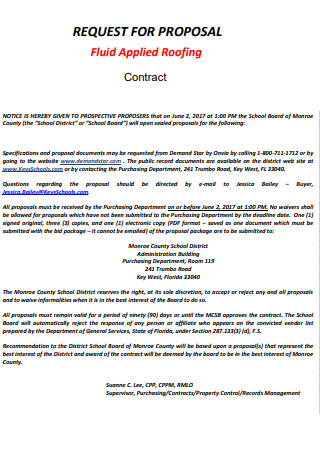
Applied Roofing Contract Proposal
download now -

Sample Roofing Contract Proposal
download now -
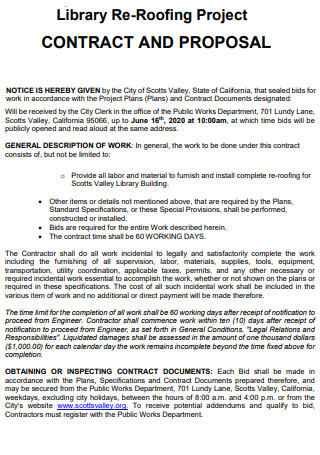
Re-Roofing Project Contract Proposal
download now -
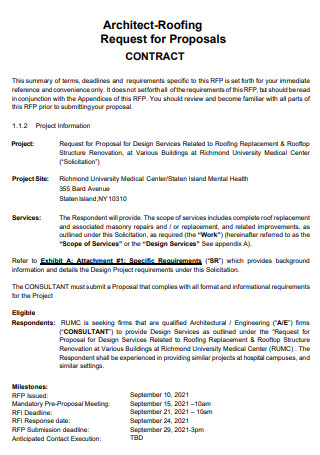
Architect-Roofing Contract Proposal
download now -
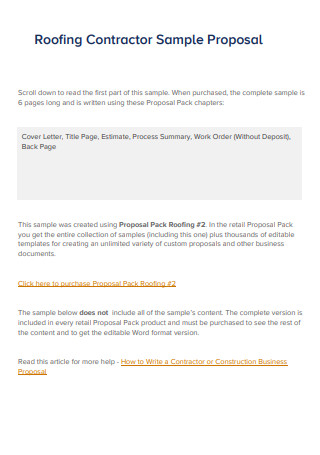
Simple Roofing Contract Proposal
download now -
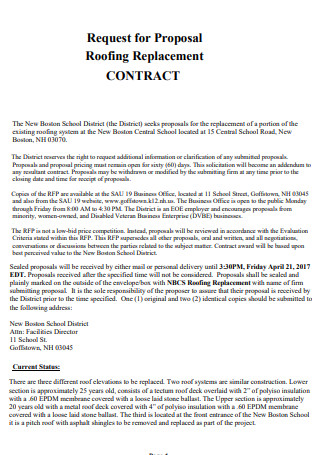
Roofing Replacement Contract Proposal
download now -
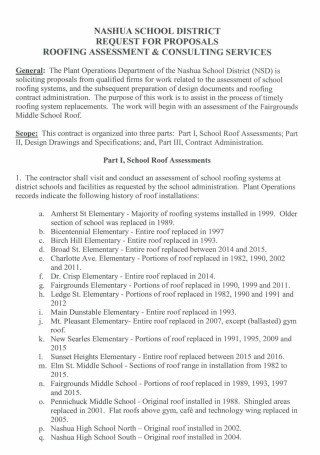
Roofing Assessment Contract Proposal
download now -
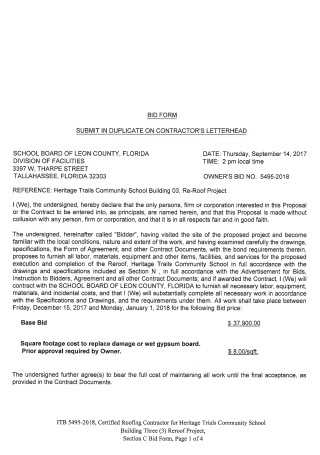
Roofing Contract Bid Proposal Form
download now -
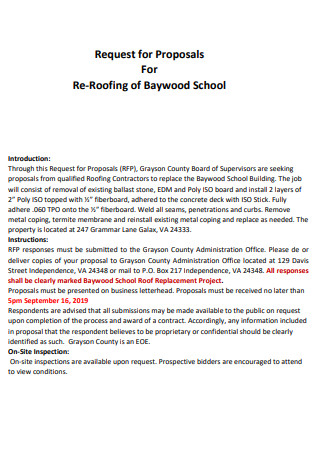
Re-Roofing Contract Proposal
download now -
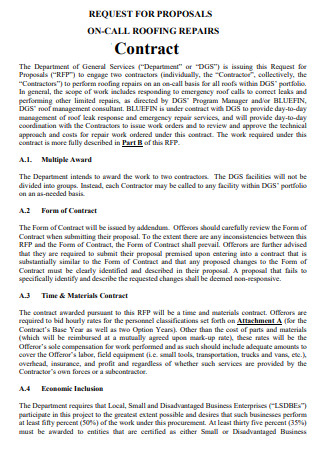
On Call Roofing Repairs Contract Proposal
download now -
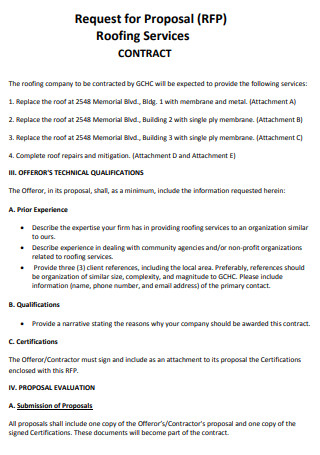
Roofing Service Contract Proposal
download now -
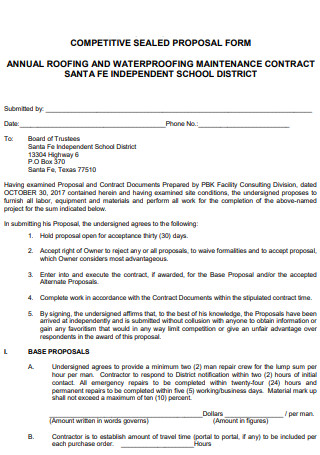
Annual Roofing Contract Proposal
download now -
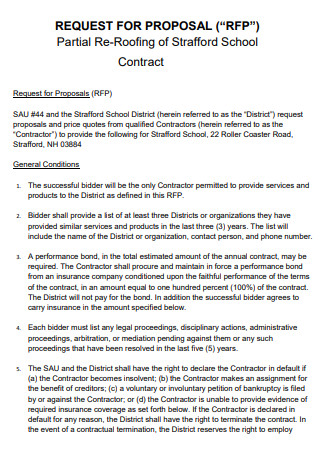
Partial Re-Roofing Contract Proposal
download now -
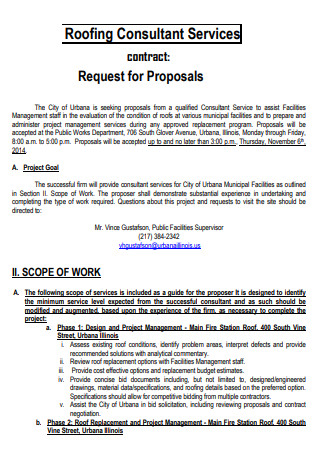
Roofing Consultant Services Contract Proposal
download now -
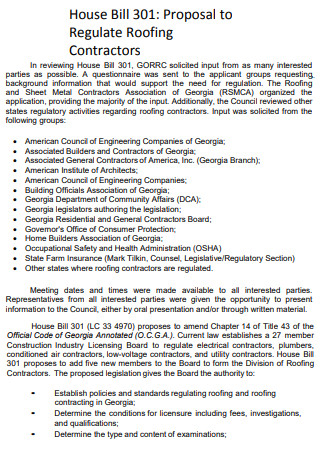
Regulate Roofing Contract Proposal
download now -
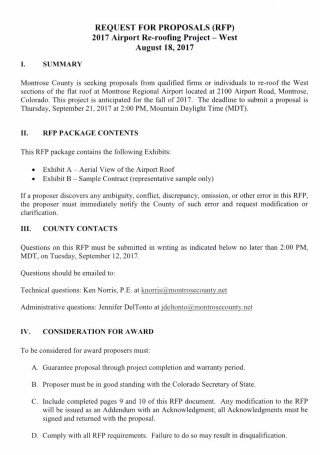
Airport Re-Roofing Project Contract Proposal
download now -

Central Roofing Contract Proposal
download now -
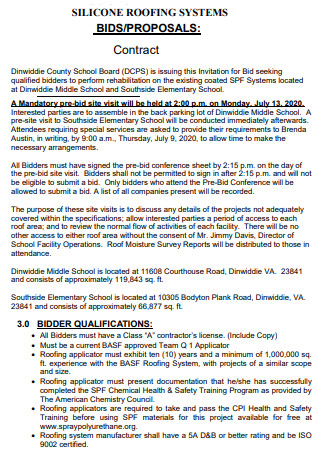
Silicone Roofing Contract Proposal
download now
FREE Roofing Contract Proposal s to Download
37+ SAMPLE Roofing Contract Proposal
What is Roofing Contract Proposal?
What Is Roofing?
What Are the Requirements of Good Roof?
What Are the Classifications of Roofs?
What Are the Best Practices When Using a Roofing Contract Proposal?
How Do You Write a Roofing Contract Proposal?
FAQs
Do I Really Need a Roofing Contract?
How Does a Party Cancel a Roofing Contract?
Do Roofers Negotiate?
What is Roofing Contract Proposal?
A roofing contract is a formal agreement between contractor and client detailing the terms and conditions as it relates to the work that needs to be performed. The contractor is responsible for the execution of the roofing project, whether it’s commercial or residential. They bring in all of the people they need to get the job done, and they charge the client a fee for the work in exchange. Roofing jobs by their very nature are very delicate with highly skilled tradespeople required to complete the work successfully. Whether it is roof restoration, plumbing, painting, or tiling, each project needs rigorous planning to keep the wheels in motion.
We recognize that a roofing contract agreement is not the answer to every situation. However, it is a vital document to create necessary boundaries and accountability for all parties involved. If disputes do arise, the roofing contract will be referenced in legal proceedings. Roofing projects can quickly get confusing if they are not managed properly.
- Indecisive clients keep changing their minds throughout the job.
- Subcontractors face uncontrollable weather conditions.
- Budgets get blown out as the work takes longer than forecasted.
- Clients or contractors miss payments.
What Is Roofing?
A roof is a structure forming the upper covering of a building or other shelter. Its primary purpose is generally to provide protection from the elements, but it may also contribute to safety, security, privacy, insulation, and so on. There are a number of reasons why a contractor and property owner should both require a roofing contract to be in place before any work begins. A roofing contract ensures the payment schedule is clear and that the contractor is legally protected against claims. Provides the homeowner with peace of mind knowing that the business is legitimate and puts in writing the work that will be delivered and the price that it will cost. Allows the contractor to get in writing that the property owner fully understands all warranties to protect themselves from future problems.
What Are the Requirements of Good Roof?
Following are the requirements of well-planned or good roof:
- It should be durable against the adverse effects of various agencies such as wind, rain, sun etc.
- It should grant the desirable insulation against sound and heat.
- It should be structurally stable and sound,
- it should be capable of taking the loads likely to come over it.
- It should be well-drained.
- It should have efficient water-proofing arrangement.
What Are the Classifications of Roofs?
Roof is classified as per its functional requirements. The roofs are mainly classified into the following three categories
Pitched Roof
Pitched roofs are the most common types of roofs found on buildings. Basically, pitched roof is a roof that slopes downwards, usually in two parts at an angle from a central ridge, but sometimes in one part, from one edge to another. The ‘pitch’ of a roof is its vertical rise divided by its horizontal span and is a measure of its steepness.
Types of Pitched Roofs
Single Roof
In this type of roof, common rafters are provided to each slope without any intermediate support. The following are the varieties of single roof:
- Lean to roof
- Couple roof
- Couple close roof
- Collar beam roof
- Double or purlin roofs
When the span exceeds 2.4m, the necessary size for the rafters becomes uneconomical. Hence in order to reduce the size of rafters, intermediate supports called purlins are introduced under the rafters. This roof can be adopted economically up to 4.8m.
Trussed roofs
When the span exceeds 4.8m and when there are no inside supporting walls or partitions for purlins, framed structure known as trusses are on the roof, position of cross walls, span and material of the truss. The spacing is 3m for wooden trusses. Trusses carry the ridge piece and purlins on which the common rafters rest. Some of the usual forms of roof truss are given below.
- King-post truss
- Queen post truss
- Mansard truss
- Truncated truss
- Bel-fast truss
- Steel trusses
- Composite trusses
Flat Roof
As the name indicate a roof which is nearly flat is known as flat roof. It should be noted that no roof can be laid perfectly level. The roof must slope in one direction or the other to cause rain water to flow off rapidly and easily. The construction of flat roof is same as that of floors except that the top surface is made slightly. Sloping in case of flat roofs. The types of flat roofs commonly used are:
- Madras terrace roof
- Bengal terrace roof
- Curved Roofs
These are the just the modifications of pitched roofs and are frequently employed in modern age to cover large areas shed or roofs and domes are the varieties of curved roofs. They are useful for big structures such as factories, monumental works etc. curved roofs may be constructed of timber or R.C.C. the latter material being very common now-a-days. They are two common forms of a shell roof:
- A Dome
- Barrel Arch
- Cone
- Hyperbolic Paraboloid
What Are the Best Practices When Using a Roofing Contract Proposal?
Merely using a roofing contract proposal, already puts you in a much better position. However, there has been identified best practices to get the most out of your document:
How Do You Write a Roofing Contract Proposal?
Every roofing contract should contain the following components:
Step 1: Business Details
Every contract should have basic information about the roofing company’s business, including the license number, insurance information, and physical address. This information assures the homeowner about the legitimacy of the business. The contract should also include the name, address, phone number, and email address for the homeowner, as well as where the work will be done if the location is different from the property owner’s home address. Every roofing contract should also come with copies of proof of insurance, including:
- Bonding (if applicable).
- Worker’s compensation insurance.
- Liability.
- Roofing companies should also provide proof that they are in compliance with local codes and state laws and ordinances, including:
- Licenses, required permits, zoning notices, and inspections.
- Legal jurisdiction governing contract.
Step 2: Scope of Work
The scope of work defines what exactly the roofer will be doing and the labor and materials necessary to complete the job. If the homeowner ordered a complete roofing system, the contract should specify the accessories that will be used for installation. For instance, there may be components on top of the shingles, including ridge cap shingles, leak barriers, vents, roof deck protection, and starter strip shingles.
Step 3: Duration of Project
Homeowners generally expect the work to start anywhere from two to six weeks after the contract is signed. However, this can vary depending on the time of year and whether the contractor has a backlog of jobs. Regardless of when they can start, the contractor should be straightforward about their availability so that the homeowner has a reasonable expectation. After the contractor begins working on the roof, the job should not be interrupted by anything other than the weather.
While the length of time it takes to install a roof can vary depending on the size of the home, an asphalt shingle roof typically takes approximately one week to complete. Adverse weather conditions can also create unexpected delays that can affect the project duration. In general, though, an experienced roofer should be able to give an accurate timeline for the project. There may be a “no later than” clause required by some jurisdictions. In the event that the contractor failed to start the project on time, this clause would render the contract null and void.
Step 4: Materials and Services
A roofing contract should list all materials and services included within the scope of the job, in addition to the basic roofing and labor required. If not mentioned in the contract, permit acquisition fees and cleanup and disposal services are topics you should discuss with the contractor. The contract should also include the specific product names and information about manufacturer warranties for those products.
Step 5: Warranties
If the contractor is offering a warranty on their installer’s work, this needs to be described in detail in the contract, along with information about how long the warranty will apply and whether there are any limitations. It’s also important to be clear in the contract about limited warranties that cover materials in the event of a defect. Contractors may even want to have a second, separate document for the homeowner, stating that they have read and understood the terms that are listed in the contract and that they specifically understand the limited warranty from the manufacturer.
Step 6: Installation Methods
The roofing contract should specify how the different components will be installed. For example, while some shingles can be installed with just four nails, if the homeowner is paying extra for a wind-resistance limited warranty, then it may be necessary to install the shingles using a six-nail installation. This should be specified in the contract.
Step 7: Payment Schedule
The payment schedule and deposit requirements can vary from one contractor to the next. A homeowner should typically expect to pay some kind of deposit. However, there should never be an expectation that the upfront payment will cover the entire cost of the job. Additionally, the total deposit and payments made while the roofing project is in progress should never equal more than 75% of the job. That said, it is common for an initial deposit to be made when the project is scheduled, a second payment to be made when the materials are delivered to the home, and then a final payment to be made when the work is complete.
Step 8: Provisions for Unforeseen Circumstances
The cost of a roofing project can go up substantially if the contractor experiences any unforeseen circumstances during the course of completing a job. For example, if the contractor discovers that the roofing is rotting, they may have to purchase more materials or hire additional labor to complete the job on schedule or to make the repair properly. The roofing contract should include an estimate in the event that these unforeseen circumstances arise.
Step 9: Option to Terminate the Contract
The roofing contract should state the terms of terminating the contract, including the notice that should be provided, any payments that need to be made, or information about whether deposits are refundable. Many roofers require clients to pay a fixed percentage of the total value of the contract or for the cost of the materials if they want to cancel past a specific date and the roofer has already incurred costs.
FAQs
Do I Really Need a Roofing Contract?
While there’s no legal requirement to have a roofing agreement, it is highly recommended you have one to help protect you when things don’t go as planned. Roofing work is often expensive and requires skilled contractors who sometimes need to handle dangerous equipment. Roofing projects can also get a little out of control without substantiated documentation each step of the way.
How Does a Party Cancel a Roofing Contract?
Like any agreement, a roofing contract may be canceled in the following situations: any party breaches the terms and conditions; any part gives written notice to another party based on the agreed notice period or; when the project has been completed.
Do Roofers Negotiate?
While negotiation might depend on certain factors, including insurance claims, and seasonal demands, negotiation is almost always possible. However, make sure to do so before the contract gets signed by both parties.
A roofing contract, like any other type of contract, is legally binding. Therefore, you may want to consider having legal counsel review your contract before providing it to a client to sign. There are certain aspects of the contract that can be impacted by state law. A homeowner or commercial property owner can negotiate most of the terms within a roofing contract. However, the price of the deal is always negotiable when the property owner is paying out of pocket.
